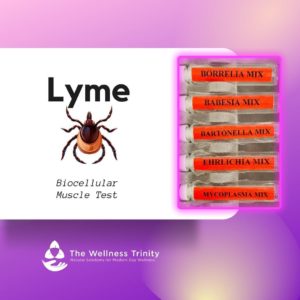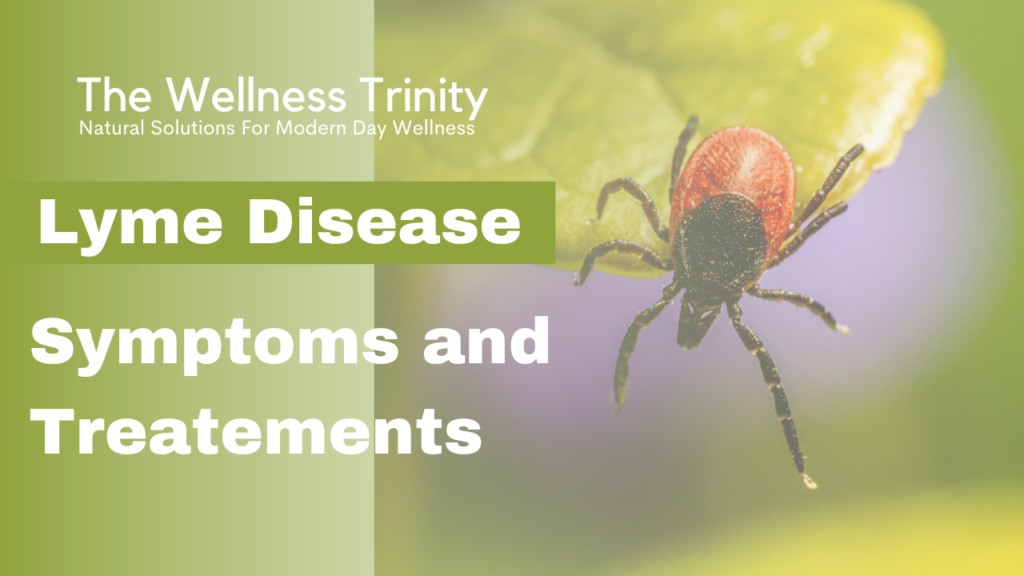Understanding Lyme Disease: Symptoms, Risks, and Treatments
Lyme disease is a tick-borne illness caused by the bacterium *Borrelia burgdorferi*. It is the most common vector-borne disease in the United States, with thousands of cases reported each year.
Early detection and treatment are crucial for preventing long-term complications. In this blog post, we’ll explore the symptoms, risks, and treatments of Lyme disease, as well as what to do if you suspect you have been infected.
Symptoms of Lyme Disease
The symptoms of Lyme disease can vary widely and often mimic those of other conditions, making diagnosis challenging. Here are the most common symptoms to look out for:
1. Early Symptoms (3-30 days after tick bite):
– Erythema Migrans (EM) Rash:** This is a hallmark of Lyme disease. It appears as a red, expanding rash that may resemble a bull’s-eye and usually occurs at the site of the tick bite.
– Flu-like Symptoms:** Fever, chills, headache, fatigue, muscle and joint aches, and swollen lymph nodes.
2. Later Symptoms (days to months after tick bite):
– Severe Headaches and Neck Stiffness:** Indicative of meningitis.
– Additional EM Rashes: Rashes on other areas of the body.
– Arthritis:** Severe joint pain and swelling, particularly in the knees and other large joints.
– Cardiac Symptoms: Heart palpitations or an irregular heartbeat (Lyme carditis).
– Neurological Issues: Facial palsy (loss of muscle tone or droop on one or both sides of the face), nerve pain, and problems with short-term memory.
Risks of Lyme Disease
Lyme disease is primarily spread through the bite of infected black-legged ticks, also known as deer ticks. Here are the key risk factors:
1. Geographic Location:
– Lyme disease is most prevalent in the northeastern, mid-Atlantic, and north-central United States. However, it can also be found in other areas, including parts of Europe and Asia.
2. Time Spent Outdoors:
– Activities such as hiking, camping, and gardening in wooded or grassy areas increase your risk of exposure to ticks.
3. Seasonal Factors:
– Ticks are most active during the warmer months, typically from April to September.
What to Do if You Suspect Lyme Disease
If you suspect you have been bitten by a tick or are experiencing symptoms of Lyme disease, follow these steps:
1. Remove the Tick:
– Use fine-tipped tweezers to grasp the tick as close to the skin’s surface as possible. Pull upward with steady, even pressure. After removing the tick, clean the bite area and your hands with rubbing alcohol or soap and water.
2. Monitor for Symptoms:
– Keep an eye on the bite site for the appearance of a rash and monitor for any flu-like symptoms. If you develop any symptoms, seek medical attention promptly.
3. Seek Medical Attention:
– If you have been bitten by a tick and exhibit symptoms of Lyme disease, contact a healthcare provider. Early diagnosis and treatment are crucial to prevent more severe complications.
Treatments for Lyme Disease
Early-stage Lyme disease is typically treated with antibiotics.
Here are the main treatment options:
1. Antibiotics:
– Oral Antibiotics: The standard treatment for early Lyme disease is a 14-21 day course of antibiotics such as doxycycline, amoxicillin, or cefuroxime axetil.
– Intravenous Antibiotics: For more severe cases, especially those involving the central nervous system, intravenous antibiotics such as ceftriaxone may be necessary.
2. Symptom Management:
– Pain relievers and anti-inflammatory medications can help alleviate joint pain and swelling.
3. Follow-Up Care:
– Some patients may experience lingering symptoms, known as Post-Treatment Lyme Disease Syndrome (PTLDS). Ongoing medical care and supportive therapies may be necessary for managing these symptoms.
Prevention Tips
Preventing tick bites is the best way to reduce your risk of Lyme disease. Here are some tips:
– Avoid Tick-Infested Areas: Stay on trails and avoid tall grass and brushy areas when hiking.
– Use Insect Repellent: Apply insect repellent containing 20-30% DEET on exposed skin and clothing.
– Wear Protective Clothing: Wear long sleeves, long pants, and tuck your pants into your socks. Light-colored clothing makes it easier to spot ticks.
– Perform Tick Checks: After spending time outdoors, thoroughly check your body, clothing, and pets for ticks. Showering within two hours of being outdoors can help wash off unattached ticks.
– Create a Tick-Safe Zone: Keep your yard free of tick habitats by mowing the lawn regularly, removing leaf litter, and creating a barrier of wood chips or gravel between lawns and wooded areas.
Conclusion
 Lyme disease is a serious but preventable illness. By understanding the symptoms, risks, and treatments, you can take proactive steps to protect yourself and your loved ones.
Lyme disease is a serious but preventable illness. By understanding the symptoms, risks, and treatments, you can take proactive steps to protect yourself and your loved ones.
If you suspect you have been infected, seek medical attention promptly to ensure the best possible outcome. With early detection and appropriate treatment, most people recover fully from Lyme disease. Stay vigilant and informed to keep yourself safe from this tick-borne threat.









